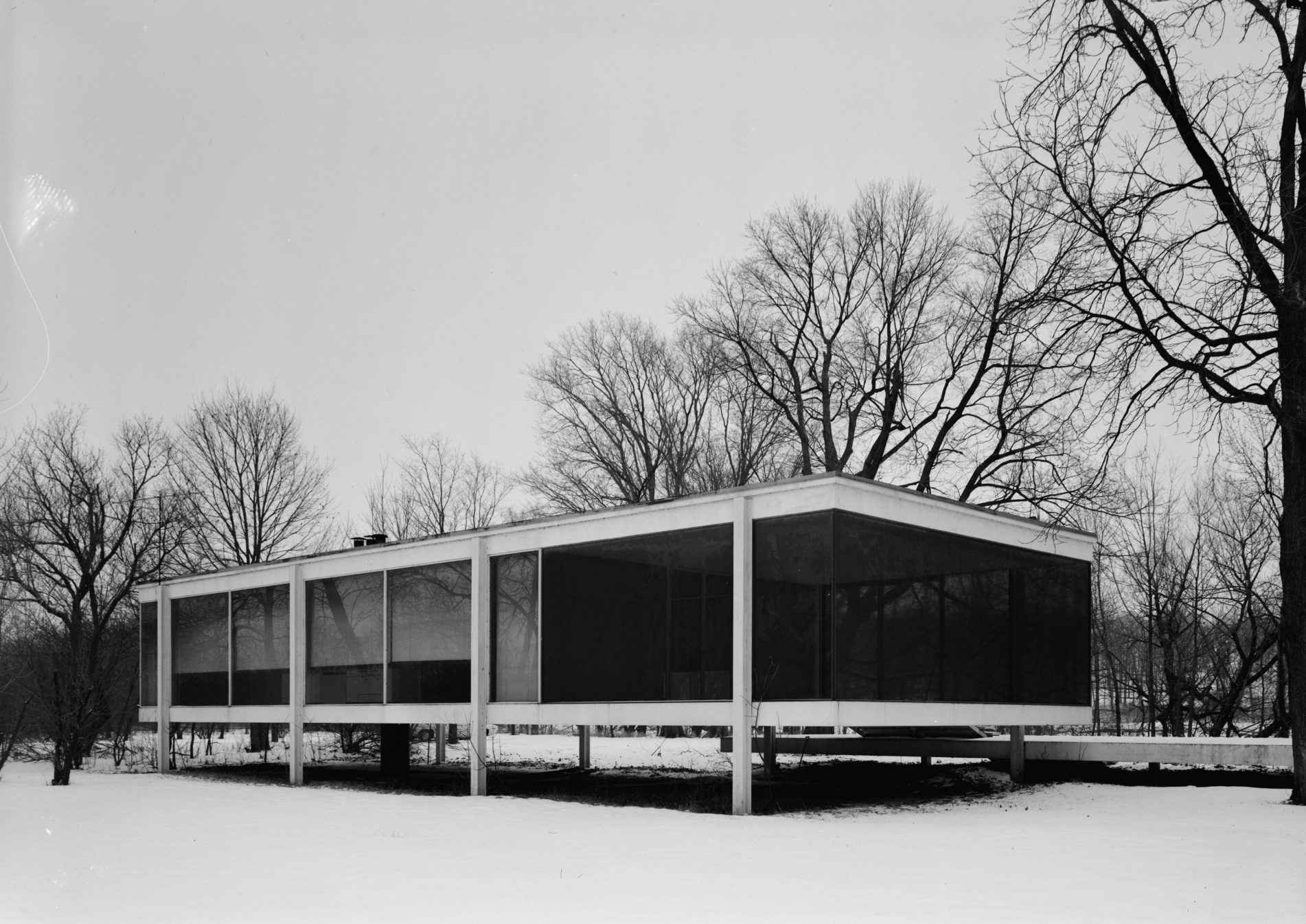What people don’t get about architecture is…
If we could have our way, every home would be architecturally designed, like some kind of Pettit + Sevitt utopian fantasy where everyone lived their best life. Where everyone enjoyed the little things of the everyday, that add up to a big picture of a life well lived.
Unfortunately, with the rise of McMansionism and the scramble to secure a piece of Australia’s property pie, it seems that the concept of architecture for everyday living is something that some people just still don’t quite get. In an ode to architecture, we ask Karen McCartney, Editor, Author and Curator, Ian Innes, Director Heritage and Collections at Sydney Living Museums, Katelin Butler, Editor at Houses, Ben Gerstel, Architect and Vice President of the Australian Architecture Association and Tim Ross, social commentator and mid-century architecture obsessive to answer: what don’t people get about architecture?

Kaufmann House, Palm Springs, designed by architect Richard Neutra in 1946. Photo: Niv Rozenberg
Says Katelin Butler: “Most people think that they could design their own dream home – or have a vision of what it might be. However, an architect – an expert in this field – can elevate this vision into a house that is carefully attuned to the climate, setting and the nuances of daily life. This means that the house is more likely to adapt to suit changing needs over time – and you’ll want to stay there forever.
“In addition, an architect will ensure the sustainability of a home – making sure that the building’s environmental footprint is minimized using passive design principles. You don’t need a huge amount of space to live comfortably and architects are adept in making small spaces work hard – you might not need to extend your existing home, but rather reconfigure the existing planning to make it work more efficiently, for example.”
Karen McCartney feels that when it comes to architecture, it’s little things that count. “While the big gestures get the attention, it is often the small moves [in an architecturally-designed home] that make daily life pleasurable – the ability to sit in winter sun, to have a view framed, to enjoy the turn of a heavy handle. Someone has considered what might your life easier and inject moments of joy. That is quite a precious thing.”
For Ian Innes, a common misconception is that people think architecture is about style. “Architecture is not about style. It’s about underlying principles and values that give shape to a building and determine its outward physical expression. I’m pretty sure this is why so many people profess to disliking Modernist buildings – because they’re only concerned with the outward aesthetic expression that they can’t fathom because they’re not looking beyond that.
“In the 19th century there was a ‘battle of the styles’ between adherents of classical and gothic that raged for decades. Looking back now it seems vaguely ridiculous because neither of those historicist approaches was relevant or appropriate to the extraordinary Victorian age that saw two industrial revolutions and innovation in so many fields of endeavour. Eventually architects realised that reworking old historical styles that had ceased to hold any meaning was a dead end.


Farnsworth House by Mies Van der Rohe. Photo: Jack E. Boucher, 1971. Library of Congress, Prints & Photographs Division, ILL,47-PLAN.V,1-8
“The American Modernist architect Craig Ellwood designed lots of houses I’ve always admired, and occasionally he also let fly with the odd pronouncement about the purpose of architecture. Here’s one I like:
‘The essence of architecture is the interrelation and interaction of mass, space, plane and line. The purpose of architecture is to enrich the joy and drama of living. The spirit of architecture is its truthfulness to itself: its clarity and logic with respect to its materials and structure.’
“See? Nothing about style.”
For Ben Gerstel, architecture can and should be affordable. “Architects can improve how people live in the spaces they have. A big budget does not necessarily mean the design is better. Yes, the fittings and finishes may be better. But with a smaller budget, the architect can still achieve wonderful spaces.”
Tim Ross gives us the final word on what people don’t get about architecture:
“That if they let it, it will make them very happy.”

